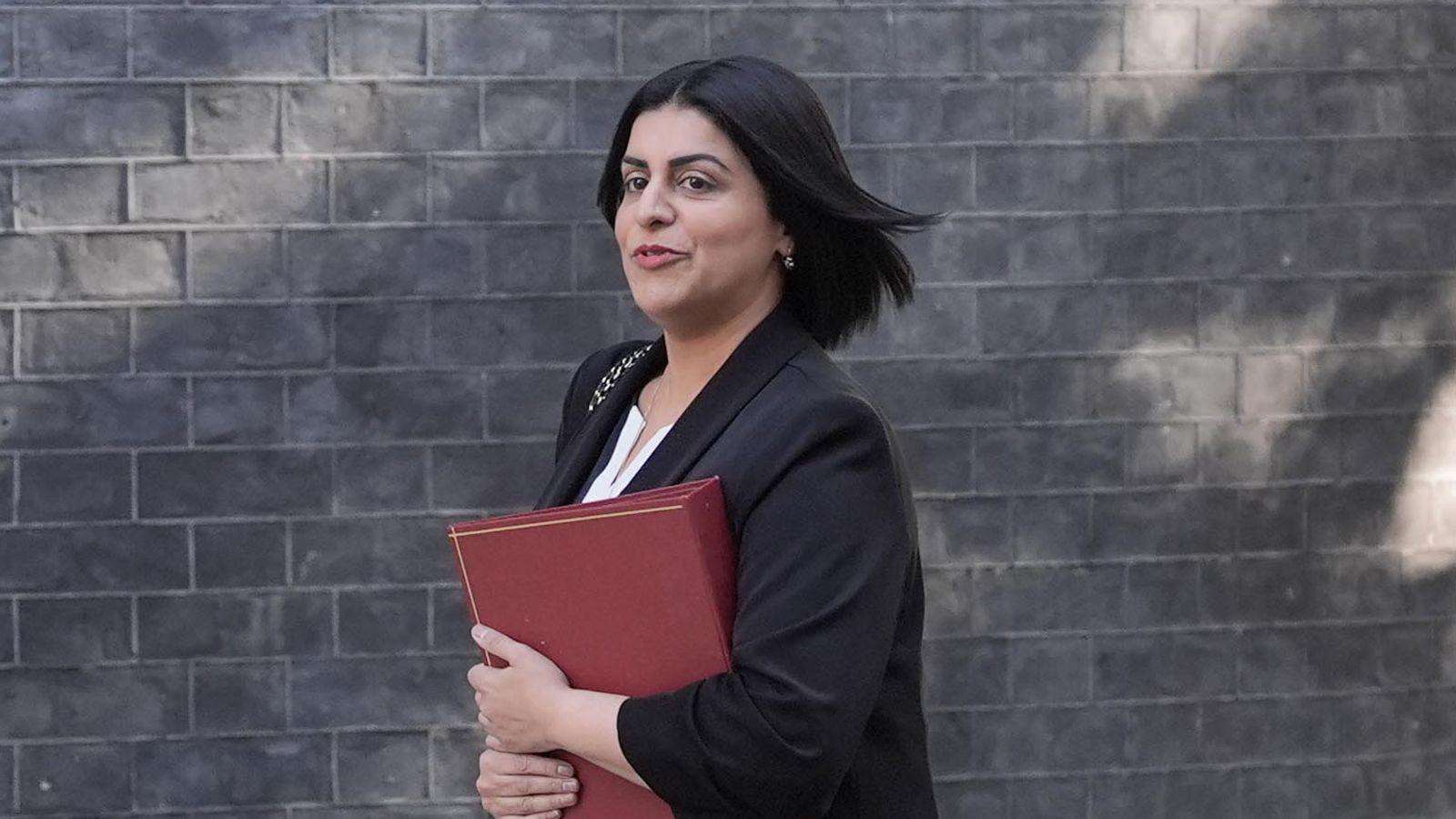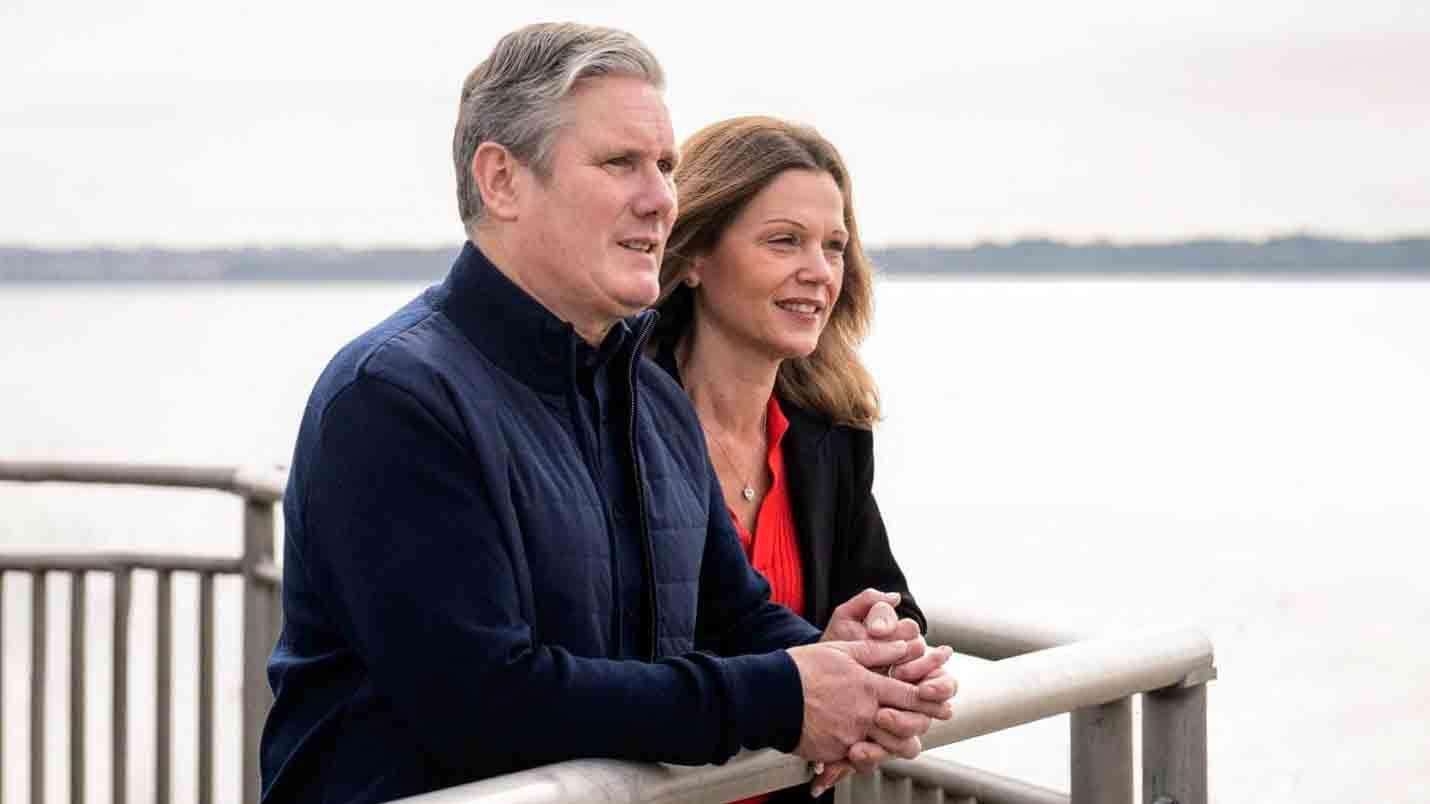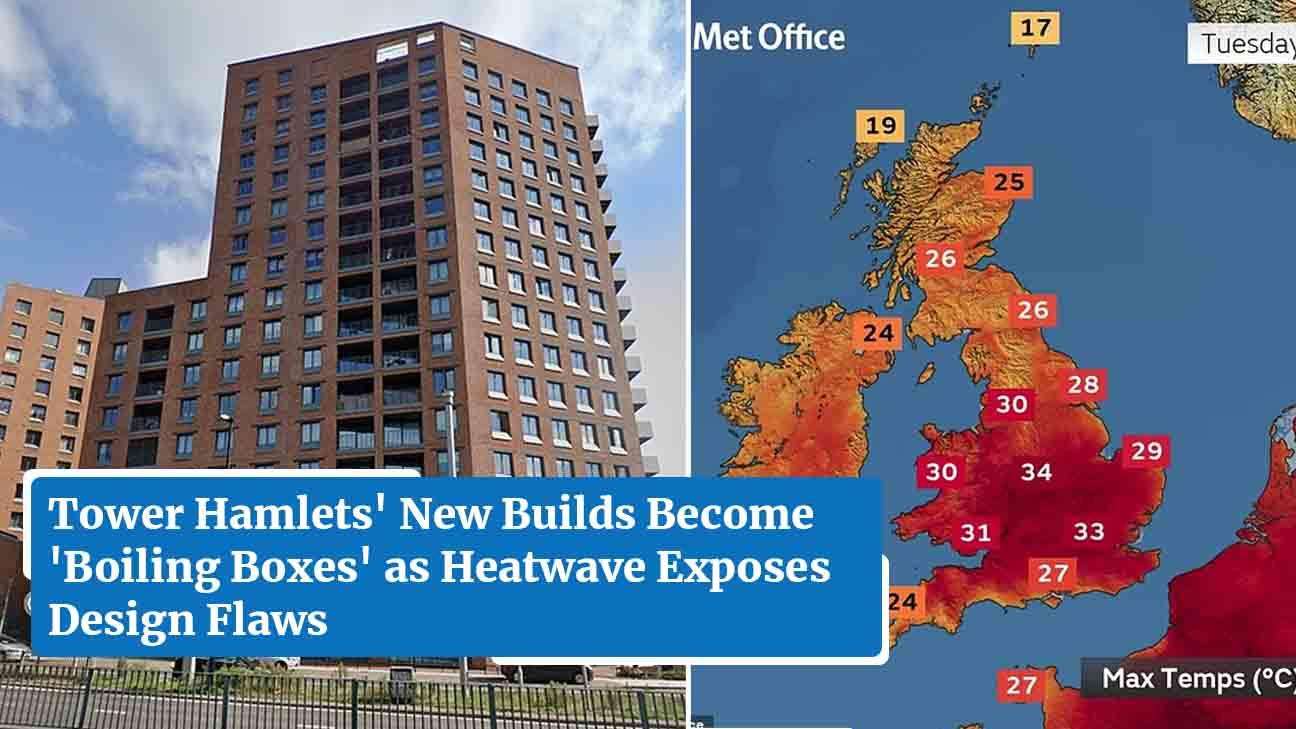As Britain endures a 34°C heatwave, new build homes, particularly high-rise flats in areas like Tower Hamlets, are proving to be uncomfortably hot, with residents complaining of "unbearable" conditions. While these properties were designed to be energy-efficient and well-insulated for winter, experts say the same features are trapping heat during the summer, turning the homes into sweltering "conservatories."
The issue is especially acute in new build flats, such as those in Bow and Leaside Lock, where residents are seeing indoor temperatures soar to 30°C and beyond. Teacher Sandra Monteiro, 41, who lives on the 11th floor of a new building in East London, reported that her flat's temperature has not dropped below 27°C in two months. Residents in Leaside Lock, Tower Hamlets, have also complained of sleepless nights due to rooms reaching similar temperatures, with windows that only open a fraction offering little relief.
According to building expert Lorraine Thomas, fire-resistant insulation and thick windows, which make these flats energy-efficient in winter, are now causing them to overheat. She explains that the more flats are packed into a block, the hotter each home becomes, creating a "conservatory effect." These buildings are often situated in densely populated areas with limited green space, close to roads and other structures, further contributing to heat retention.
The problem is compounded by a design flaw in many modern buildings where windows are limited in how far they can open, often for health and safety reasons. This lack of proper ventilation means air conditioning units are often the only effective solution for cooling down, a costly option for many residents. Community groups on social media are filled with frustrated tenants sharing their struggles, with some even resorting to not using their ovens to avoid adding more heat to their flats.
Fire Safety Concerns and Building Design in Tower Hamlets
The ongoing heatwave and the design flaws of modern buildings in Tower Hamlets also bring into focus broader fire safety concerns that have been a recurring issue in the borough. Following the Grenfell Tower fire in 2017, the safety of cladding and external wall systems on residential buildings has been a major point of contention. In recent years, several fires have occurred in Tower Hamlets, including a notable blaze at New Providence Wharf in 2021, which reignited concerns over building safety and the use of combustible materials.
The London Fire Brigade has increased its engagement with residents in Tower Hamlets, and the local council has implemented fire safety reviews and action plans. However, the EWS1 (External Wall System) form, developed to assess a building's external wall system for fire safety, has been a source of confusion and frustration for many leaseholders. While the EWS1 form isn't a legal requirement, its absence has made it difficult for some flat owners to sell or re-mortgage their properties, highlighting the complex and ongoing challenges of ensuring safety and marketability in new build flats in the area. The very insulation and materials intended for fire resistance are now contributing to an entirely different problem: making these homes unbearable in extreme heat.
The issues facing residents in these new builds are particularly significant in Tower Hamlets, which has the UK's largest British Bangladeshi population. The borough council, led by Mayor Lutfur Rahman, has a relationship with the community, often collaborating on cultural events like the Brick Lane Curry Festival and community support initiatives. The council is deeply invested in the borough's housing and public health, and the challenges of overheating homes and fire safety are key issues for many of its residents. The council's efforts to provide affordable housing and support local businesses are often intertwined with the needs of the British Bangladeshi community, who have played a vital role in shaping the borough's identity.








.svg)


